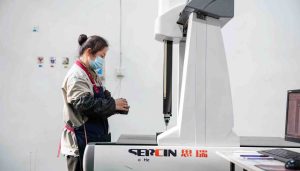Présentation de la pompe hydraulique 20/912800Parker de la société RCHC
2215The Parker 20/912800 is a twin hydraulic pump commonly used in JCB 3CX machines. The front pump offers 29cc/rev and the rear pump offers 33cc/rev. The pressure rating is 28 Mpa, up to 30 Mpa. 600-3000 revolutions per minute. This hydraulic pu...
Voir les détails Fabricant de produits de pompe hydraulique | Rui Chen Hydraulic Machinery Co. Ltd
Fabricant de produits de pompe hydraulique | Rui Chen Hydraulic Machinery Co. Ltd





BonjourVeuillez vous connecter